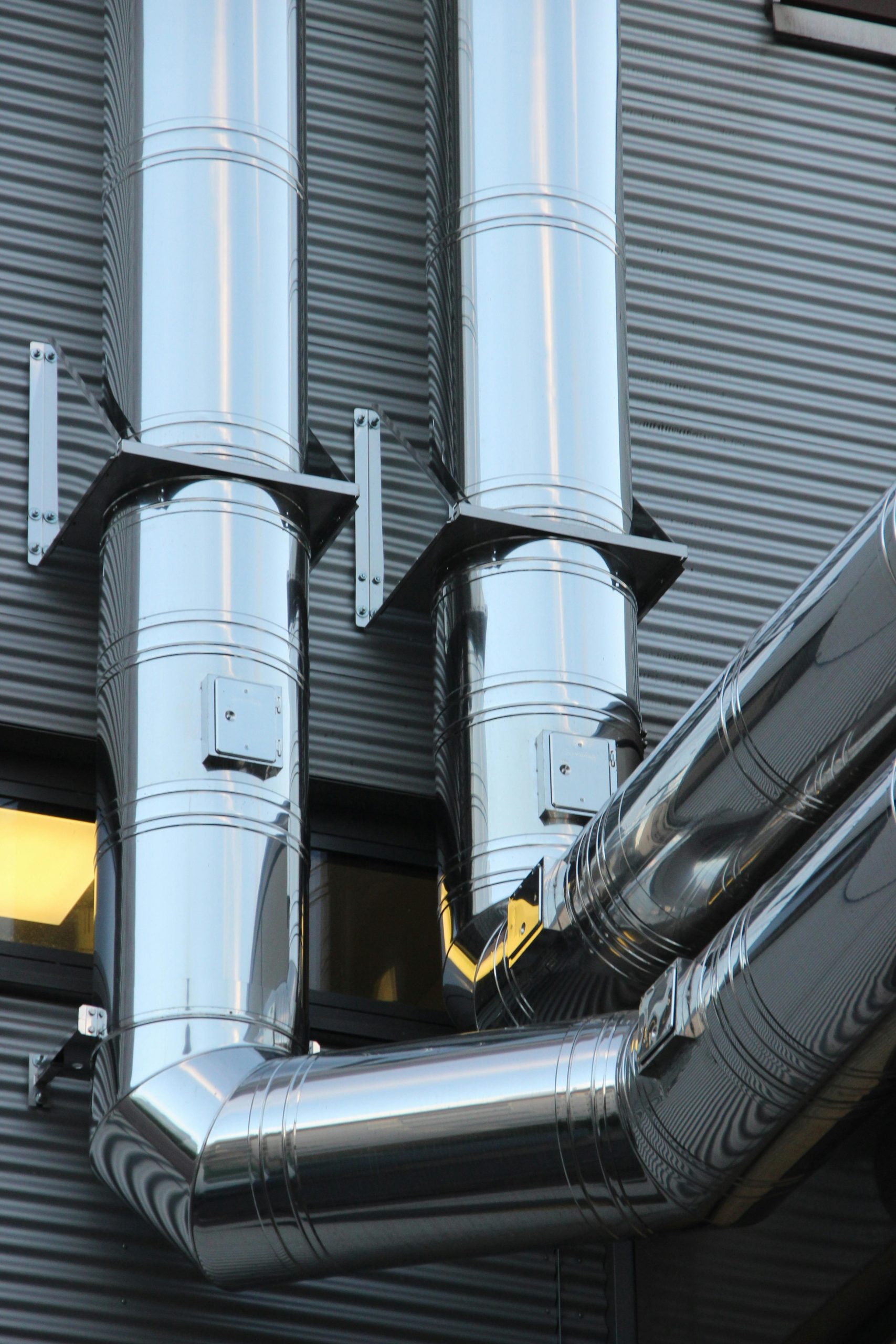Using oil pipes as micropiles offers a durable, cost-effective solution to reinforce foundations with minimal disruption. This innovative approach adapts standard oil pipes into high-capacity supports, suited for challenging soil types and restricted access sites. Engineered to meet strict standards, these systems ensure rapid installation and long-term stability, making them ideal for both structural repair and new construction projects.
Comprehensive guide to using oil pipe micropiles for structural foundation reinforcement
To achieve reliable and cost-effective support for deep foundations, construction engineers apply oil pipes as micropiles, combining strength with flexibility. In this context, get acquainted with vallourec’s micropile oil pipe solutions for a clear example of how modern industry leverages high-quality seamless steel tubes to reinforce complex structures. These steel elements—often selected for high axial load capacity—allow tailored length and diameter, which meets exact design requirements, making them suitable for both remedial foundation repairs and new builds.
Topic to read : How Do UK Start-Ups Navigate Economic Challenges?
Systems utilizing micropile installation techniques are prized for minimal disruption, even in confined or restricted access sites. Engineers frequently select oil pipe foundation support in situations where subsidence or challenging soil conditions threaten structural stability. Key standards—such as AC358 and ICC certification—assure dependable load performance and adherence to engineering principles for safety and performance.
Core strategies involve placing helical or straight piles at essential intervals, which enhances load distribution. The center-to-center spacing, torque-to-capacity relationships, and precise soil testing all contribute to ensuring that projects meet or exceed both structural and regulatory expectations—purpose-built for long-term integrity and practical, efficient installation.
In the same genre : How Might Emerging Trends Shape the Future of UK Business?
Understanding Micropiles and the Repurposing of Oil Pipes
Micropiles are small-diameter, high-strength foundation elements often constructed from steel casings, threaded bars, or tubes. These elements typically range from 100 mm to 300 mm in diameter and can be rapidly installed with minimal excavation using lightweight, hand-held equipment. Originally developed as a response to post-World War II rebuilding challenges, micropiles have evolved to address modern engineering needs—particularly where site access is limited or ground conditions are complex.
Repurposing oil pipes as micropiles has become a valued strategy. Oil pipes, known for their high structural integrity and standardized dimensions, offer a reliable and robust solution for deep foundation support. Their reuse reduces engineering waste and leverages established steel grades with proven performance in harsh environments.
Common oil pipe materials—such as seamless carbon steel—perform well across many soil types. These materials resist axial compression, shear, and bending forces. Their compatibility with grouted micropile systems further enhances load transfer and load distribution, especially in variable soils. Additionally, the corrosion-resistant properties of oil pipe steel ensure long-term durability, even when exposed to aggressive ground conditions. This approach provides engineers flexibility and confidence in demanding foundation rehabilitation, supporting both new and remedial projects.
Technical design specifications, standards, and load capacity considerations
Micropile engineering design begins with compliance to internationally recognized standards such as ICC and AC358. These provide guidelines for ensuring oil pipe micropile installations meet structural integrity and safety requirements. Load capacity is determined using precise calculations, typically factoring a minimum safety factor of two. Terzaghi’s bearing capacity equation is frequently applied, using soil strength data gathered through site testing.
Diameter selection and anchorage are tailored to the site’s load demands and ground conditions. Engineers select pipe diameters and lengths adequate for both vertical and lateral load transfer. Anchorage systems, often leveraging helical plates strategically spaced along the steel casing, are chosen for efficiency and durability, especially in challenging soils or restricted spaces.
Rigorous structural analysis validates all micropile design decisions. Testing protocols—such as torque-to-load correlation and pile load tests—ensure foundations are capable of safely supporting applied and potential maximum loads. Adherence to pipeline foundation design standards and oil pipeline foundation design codes is mandatory, providing robust reliability even in variable soil types.
Quality assurance relies on torque monitoring, load testing, and centre-to-centre spacing guidelines. Thorough documentation and on-site supervision guarantee long-term oil pipe structural integrity and minimize settlement or movement risks for sensitive infrastructure.
Installation process and construction methods for oil pipe micropiles
Micropile installation begins with thorough soil testing to assess site conditions and determine appropriate design choices. Assessments evaluate bearing strata, soil type, and potential groundwater issues—foundational steps enabling reliable micropile engineering design and informing suitable drilling equipment selection. Effective site preparation helps avoid delays and minimizes environmental disturbance.
Once assessments are complete, the installation process unfolds in clearly defined stages:
- Drilling equipment creates boreholes to the specified depth using small-diameter steel casing or threaded bars.
- Micropiles are either grouted in place or installed using helical plates, depending on soil conditions and structural needs.
- Correct pile spacing is maintained—commonly, at least five times the helical plate diameter—to maximize load distribution.
- After pile placement, brackets are precisely fitted and jacked to ensure optimal load transfer from structure to ground.
Frequent installation challenges include restricted access, variable ground conditions, and limited working room, especially in urban or occupied environments. Best practices recommend using hand-held, low-noise equipment, applying consistent torque controls, and strictly managing pile alignment for uniform structural support. Quality control, regular on-site monitoring, and adherence to design standards are key to long-term performance and durability.
Benefits, Cost Analysis, and Maintenance of Oil Pipe Micropile Systems
Micropile oil pipe solutions demonstrate strong cost efficiency when compared to traditional deep foundation systems. Because micropiles require only minimal excavation, installation is possible with hand-held equipment, eliminating the need for large-scale machinery and resulting in lower equipment and labor costs. Additionally, the ability to adapt to varying soil conditions and restricted access sites contributes to significant savings during both new builds and remediation projects. Notably, micropile installation costs remain predictable even in challenging ground conditions or when deeper strata need to be reached, outpacing conventional pile systems that often face escalating expenses.
Rapid installation is another key advantage. Modern systems can be deployed while residents remain on-site, reducing disruption, noise, and spoil. High load micropiles leverage helical plate designs and advanced torque monitoring, enabling the efficient transfer of heavy building or pipeline loads with minimal on-site disturbance.
Long-term micropile maintenance and inspection strategies are crucial for durability. Quality steel micropiles incorporate corrosion protection elements, such as coatings and specialized grouts, significantly extending service life. Scheduled inspections and adherence to rigorous installation and control procedures further enhance the ongoing reliability of oil pipe support systems, ensuring steady performance through demanding operational cycles.
Real-world case studies and applications in structural engineering
Using the SQuAD method, effective structural reinforcement with micropile systems and pipeline anchoring can be documented through projects such as Kingswood Estate, the Natural History Museum, and historic chateaux. In these cases, micropile solutions addressed advanced foundation settlement monitoring and provided reliable support for structures facing ground instability or subsidence.
Each site posed distinct challenges—ranging from restricted access and sensitive building fabrics to varying soil conditions and deep load-bearing strata. Engineers customized solutions through soil capacity calculations, ensuring the axial load capacity and optimal pile spacing for every location. Installation involved minimal disruption: hand-held equipment, precision alignment with brackets, and rapid execution allowed for maintained occupancy and little disturbance.
Project outcomes highlight reduced settlement, enhanced structural stability, and extended asset life. Monitoring of foundation behavior post-installation confirmed effective performance, thanks to robust pile load testing and ongoing inspection protocols. Lessons learned show that adjusting pile design to local geology and regularly assessing load transfer mechanisms are vital for future deep foundation solutions. These applications underscore micropile suitability for oil pipeline ground reinforcement, seismic mitigation, and structural rehabilitation in diverse engineering environments.





